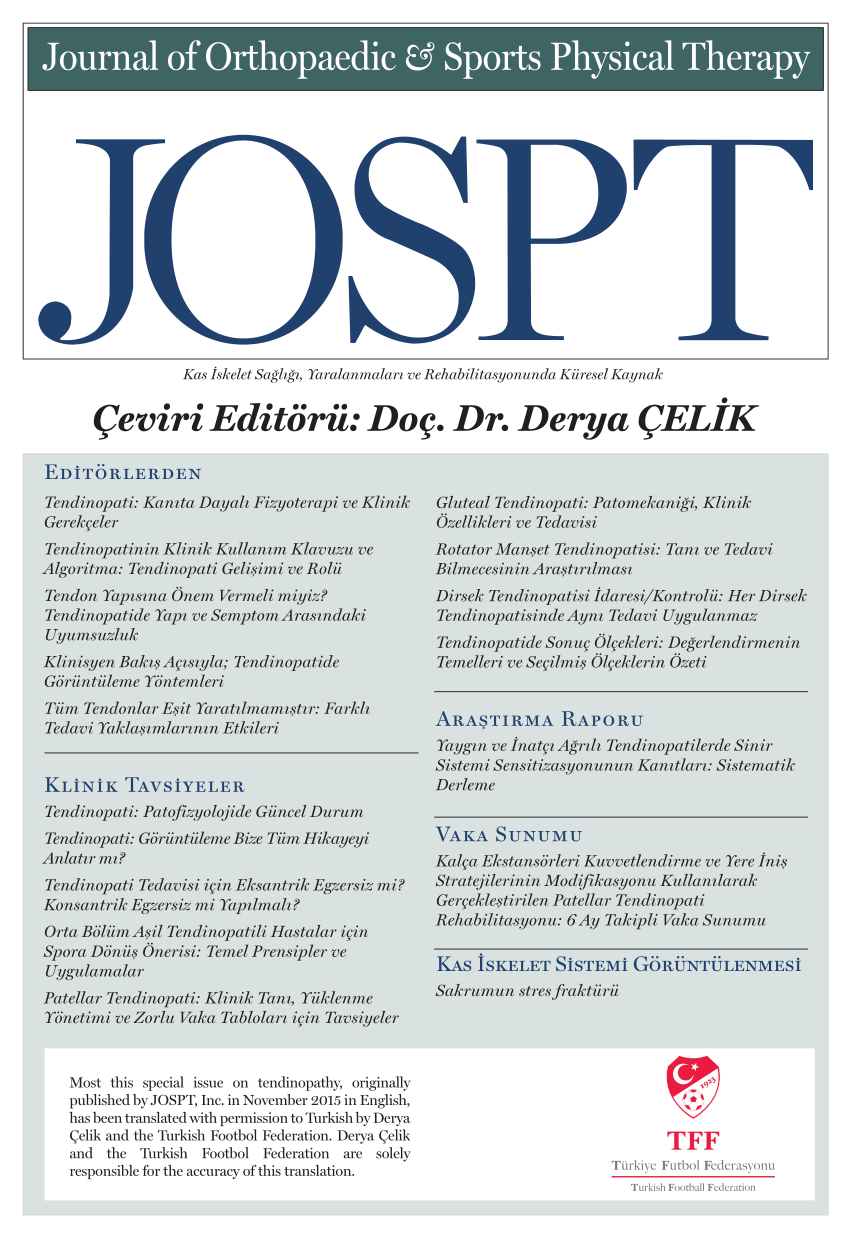
Effects of low-load motor control exercise & high-load lifting exercise in LBP treatment

Effects of low-load motor control exercise & high-load lifting exercise in LBP treatment
Individualized low-load motor control exercises and education versus a high-load lifting exercise and education to improve activity, pain intensity, and physical performance in patients with low back pain: a randomized controlled trial.
J Orthop Sports Phys Ther. 2015 Feb;45(2):77-85, B1-4.Did you know you're eligible to earn 0.5 CME credits for reading this report? Click Here
Synopsis
70 patients with nociceptive mechanical low back pain were asked to participate in this study, were given education about the mechanisms of pain, and were randomized to either a low-load motor control (LMC) exercise group or a high-load lifting (HLL) exercise group. Patient-Specific Functional scale and visual analog scale (VAS) pain were the main outcomes of focus, while secondary assessments con...
To view the full content, login to your account,
or start your 30-day FREE Trial today.
FREE TRIAL
LOGIN
Forgot Password?
Explore some of our unlocked ACE Reports below!

Learn about our AI Driven
High Impact Search Feature
Our AI driven High Impact metric calculates the impact an article will have by considering both the publishing journal and the content of the article itself. Built using the latest advances in natural language processing, OE High Impact predicts an article’s future number of citations better than impact factor alone.
Continue



 LOGIN
LOGIN

Join the Conversation
Please Login or Join to leave comments.